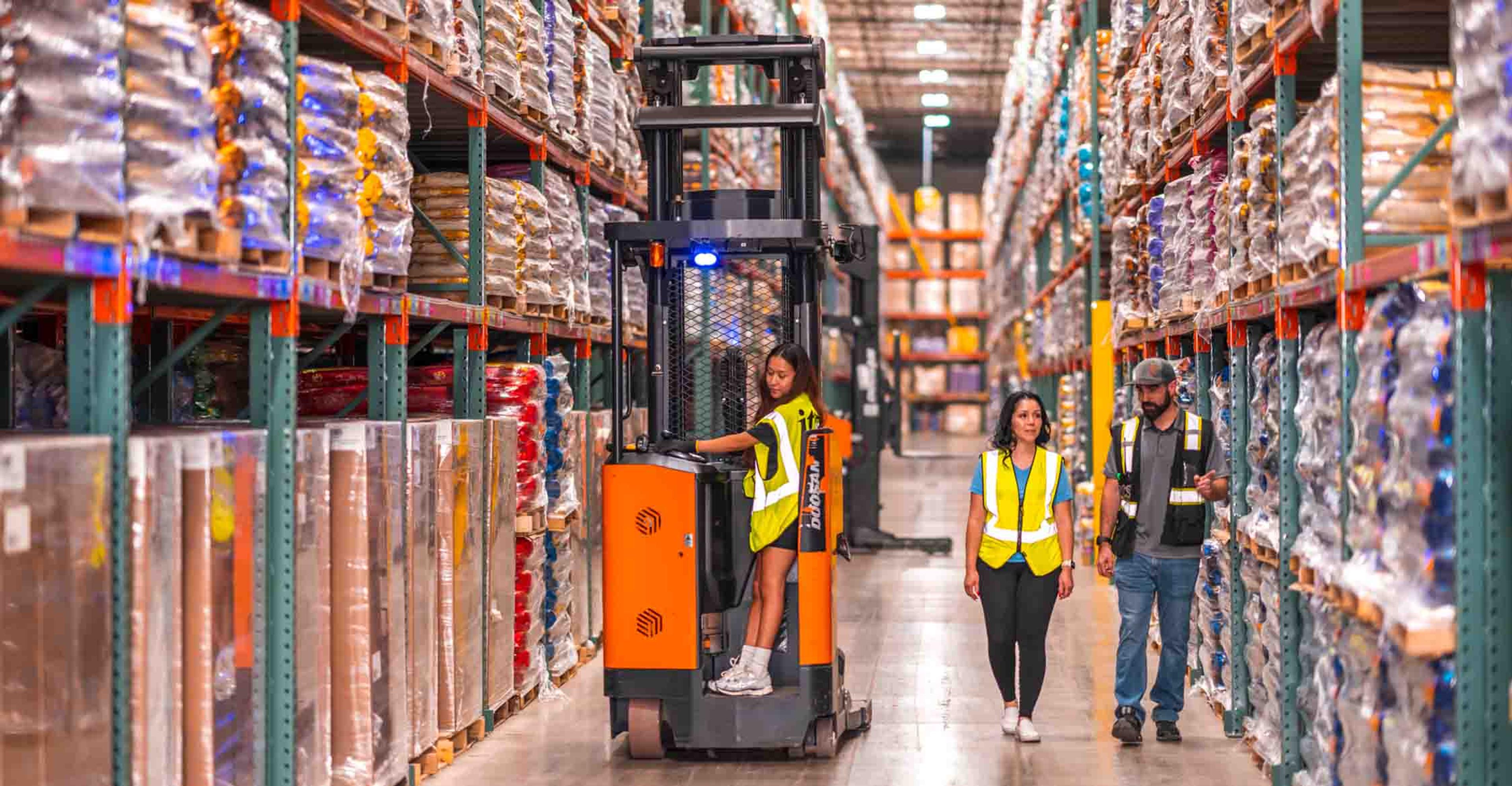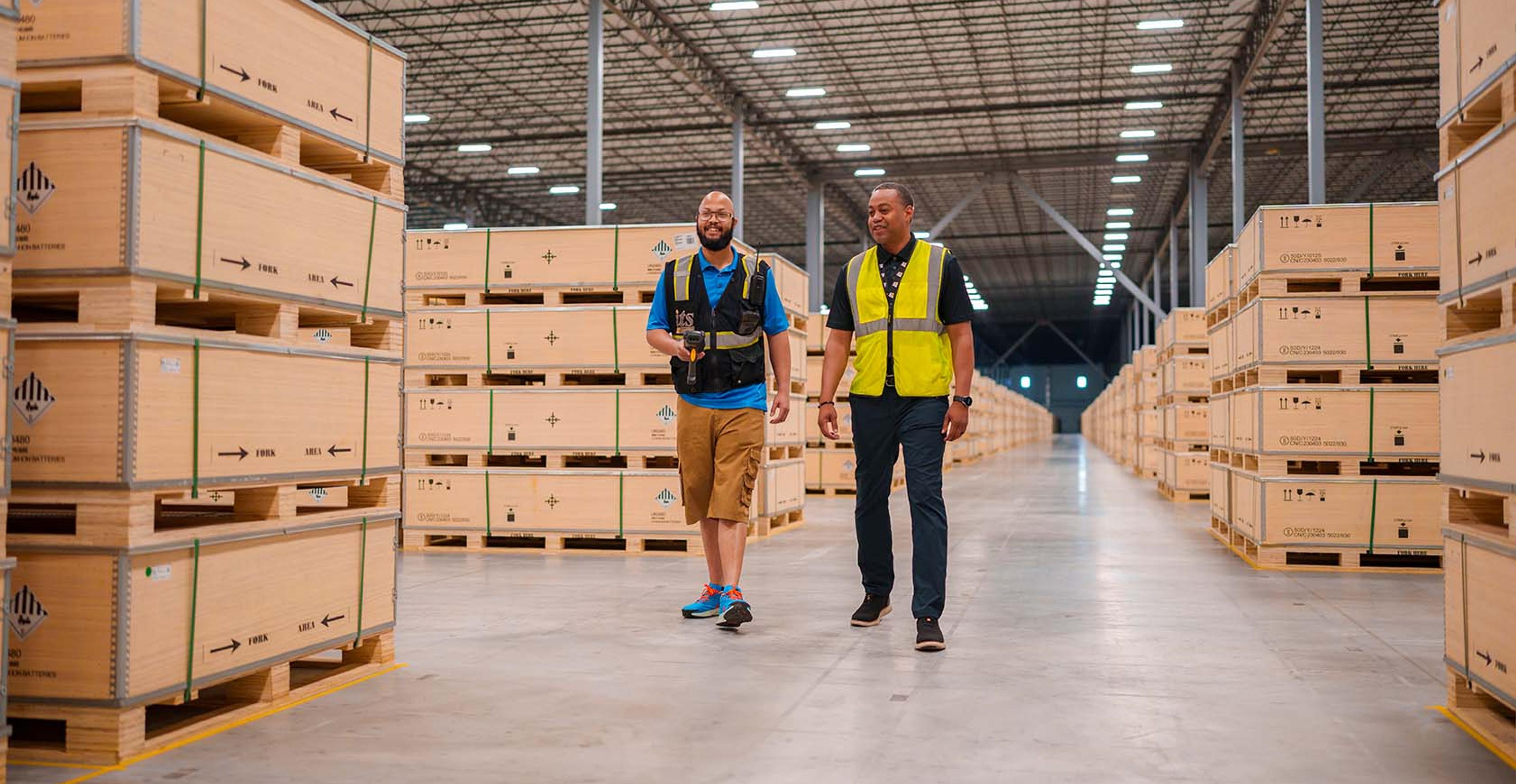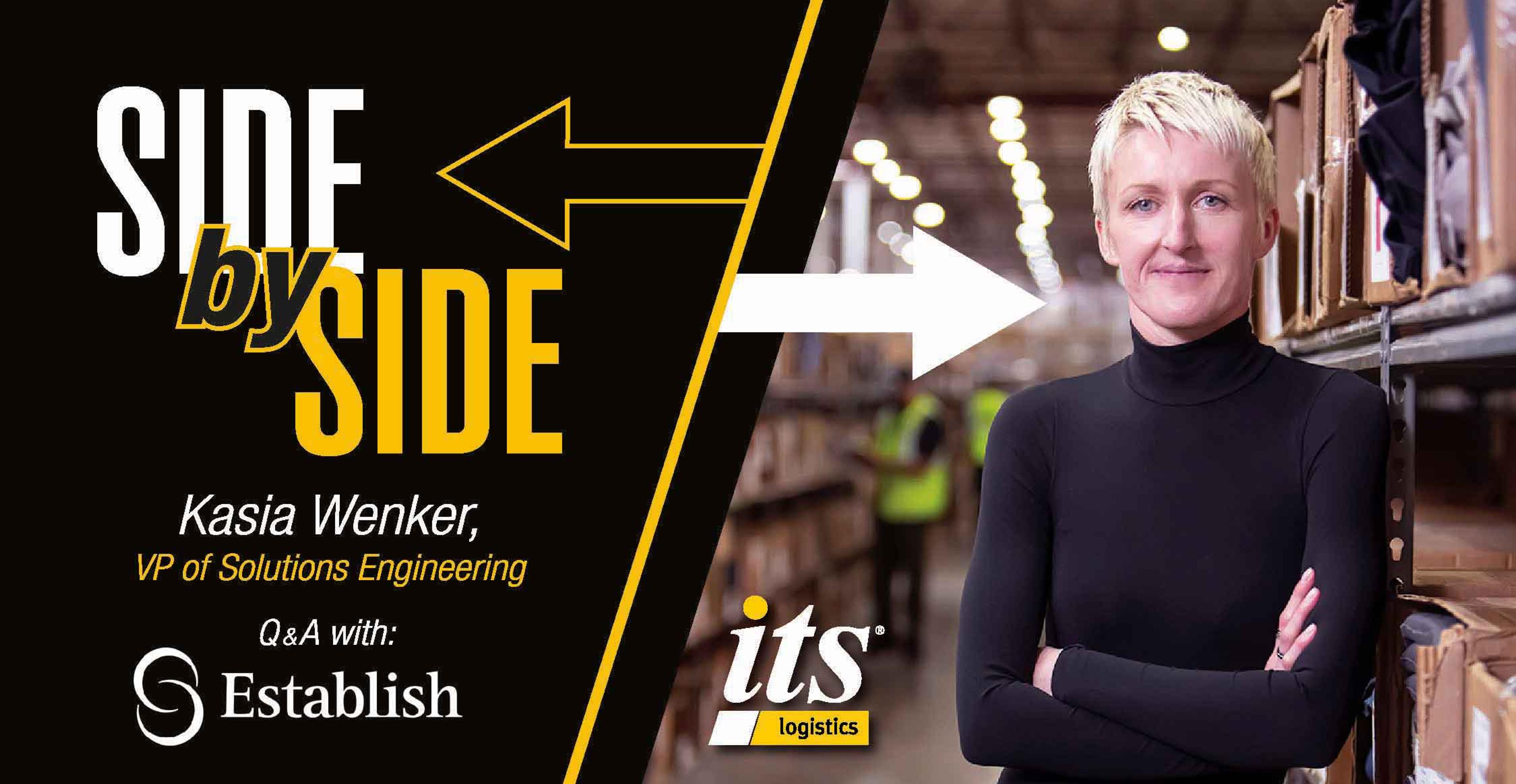
Typically, warehousing takes up 13% of total supply chain costs. For businesses that are considering outsourcing fulfillment and warehousing to a third-party provider, it’s important to understand the fees that are associated with the services they will require. Individual warehouse costs will depend on components like order volume, storage time, and fulfillment type. Knowing how common warehouse costs are calculated can help businesses better budget for warehouse services.
Types of Warehousing Costs
Fulfillment and warehousing costs vary from company to company, but common fees include storage costs, handling costs (including special projects like kitting, and any pick and pack, inbound, etc), and account management. Not every warehouse breaks down their cost structure in the same way. Some bundle storage and handling fees, while some put it into a category of its own.
In general, the four common types of warehousing costs can be broken down into these categories:
Receiving Warehousing Cost
There are couple different ways to assess receiving charges. Some fulfillment centers charge per unit, case, or pallet, while others charge on an hourly basis. There are some companies that don’t charge receiving fees and roll these costs into other services to streamline their fee structure. Some fulfilment centers split receiving charges into unload and putaway, and some assess one fee to unload, received, and putaway to storage.
Understanding a fulfillment center’s fee structure can help businesses determine if the solution is a good fit. Businesses should also have an approximate idea of the volume of shipments that will be received to properly estimate costs and compare warehouse price structures. Businesses should choose a fulfillment center where the receiving charges align with the volume and schedule of inbound shipments.
Inventory Storage Warehousing Cost
Inventory storage is a warehouse cost that is incurred when goods rest in the facility. This is typically charged monthly and usually by the unit of measurement (by pallet, case, each or even storage medium which could be pallet, pick bin, flow rack and more).
The most common way is to charge per pallet, case, or unit—although many companies offer more than just one kind of storage pricing. Businesses should select a storage method that is cost effective for the type of products they sell. Pallet storage is common and can be stored as a single pallet on a floor or stacked up to four high depending on the product, as well as stored on racks. However, businesses can be charged for dead warehouse space if they’re not using the entire pallet, so it’s not the best option for some products.
Many businesses prefer storage by cubic foot or square foot. This option is the most accurate and fair, as the charge is for exactly the amount of space that is consumed.
Pick and Pack Warehousing Costs
Pick and pack warehousing costs are also called fulfillment charges. This terminology refers to the process of picking, packing, and shipping items, and is another warehouse cost that is charged per item. Fulfillment cost will differ depending on the attributes of the inventory and shipments. The number of SKUs, the size of the product, the number of units per order, and the complexity of the pack out process impact pricing structures. It’s key that businesses find the right fulfillment provider for their specific inventory needs. Ideally, a 3PL should have a proven track record handling a business’s specific inventory.
“Everyone’s fulfillment cost will differ depending on the attributes of your inventory and shipments. The number of SKUs you have, the size of your product, the number of units per order, and the complexity of your pack out will impact the overall pricing structure.” - Ryan Martin, President of Distribution and Fulfillment at ITS Logistics.
Kitting Warehousing Cost
Warehouse providers charge kitting fees when any special projects are performed to prepare items for shipment. For example: assembling items in a subscription box or re-ticketing and re-labeling items or cases.
Light manufacturing is another aspect of kitting, when a fulfillment provider builds out part of the packaging, such as putting together a large box, before shipping orders to the customer. This type of warehouse cost is typically quoted on a time and cost basis, breaking down the cost per kit and calculating fees based on the number of items that require kitting or light manufacturing. These types of charges are not usually included in basic warehouse costs, so businesses should be sure to get specific pricing if they need kitting and assembly.
Keeping Warehousing Costs to a Minimum
Having a comprehensive understanding of fee structures and hidden fulfillment fees will help businesses better evaluate warehouse providers. Businesses should ask lots of questions and determine exactly what fulfillment centers or 3PLs charge for storage, handling, receiving, and any additional services.
Businesses should also have a thorough understanding of operations and warehousing needs before seeking out a provider—monthly order volume and the amount of kitting, pick and pack, and assembly needed is very important as well. Comparing costs of different warehousing and fulfillment providers and clearly understanding terms before signing a contract will help businesses keep their warehousing costs to a minimum.
Get Started with ITS Logistics Warehousing Services
ITS Logistics has decades of experience providing creative solutions that help customers maximize their supply chain while minimizing costs. With the highest level of service, unmatched industry experience and work ethic, and a laser focus on innovation and technology– the team at ITS strives to improve the quality of life for its partners by delivering excellence at every turn.
ITS Logistics maintains a high standard for distribution and fulfillment:
- 99.6% ASN Timeliness
- 99.8% Load Quality
- 99.8% ASN Accuracy
- 99.9% On-Time Shipping
- 99.4% Fill Rate
- 99.3% Pallet & Carton Labeling
Reach out to learn more about ITS Logistics and find a creative logistics solution that will work for your business.



